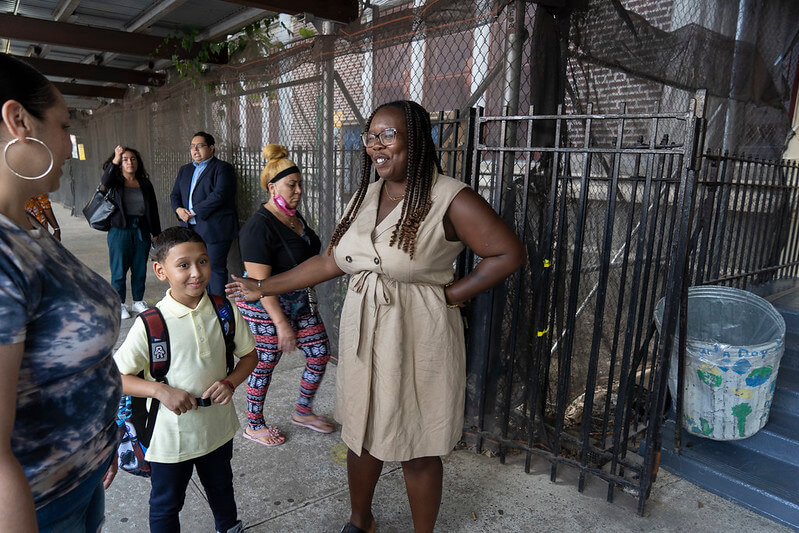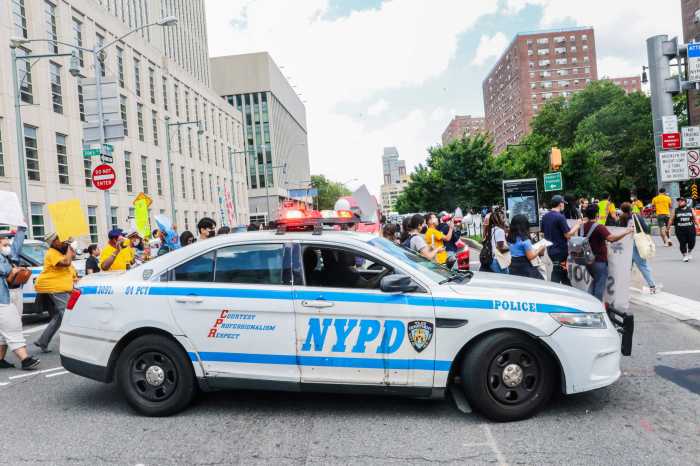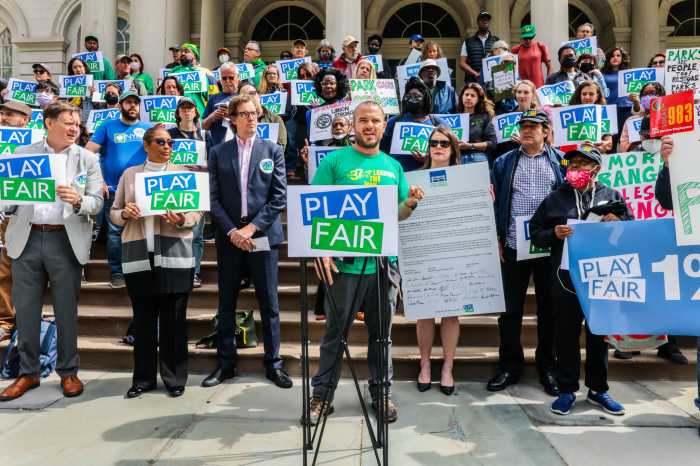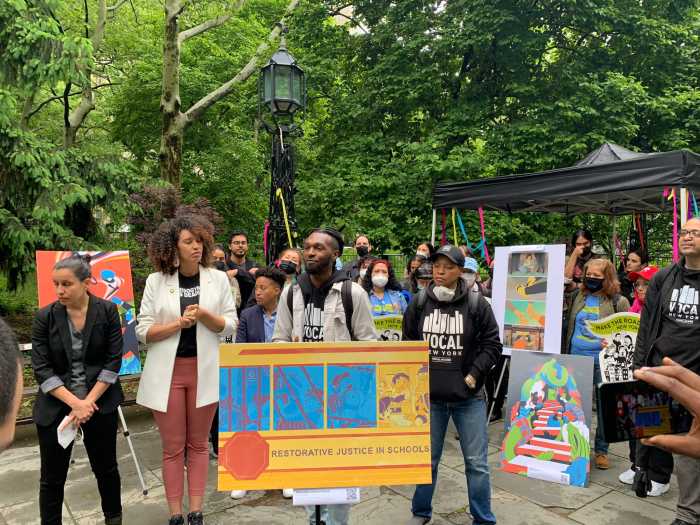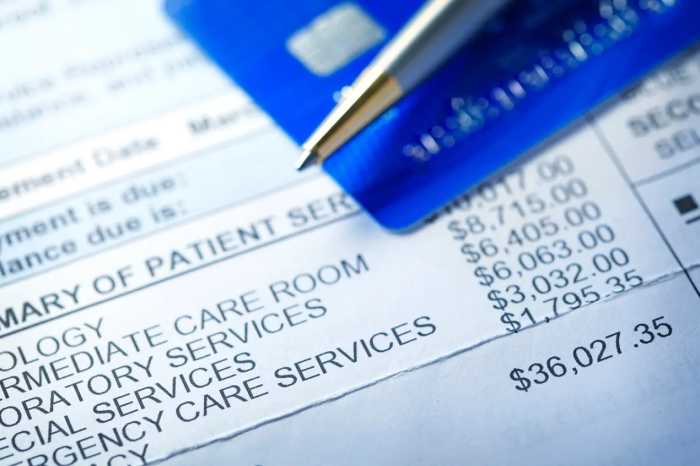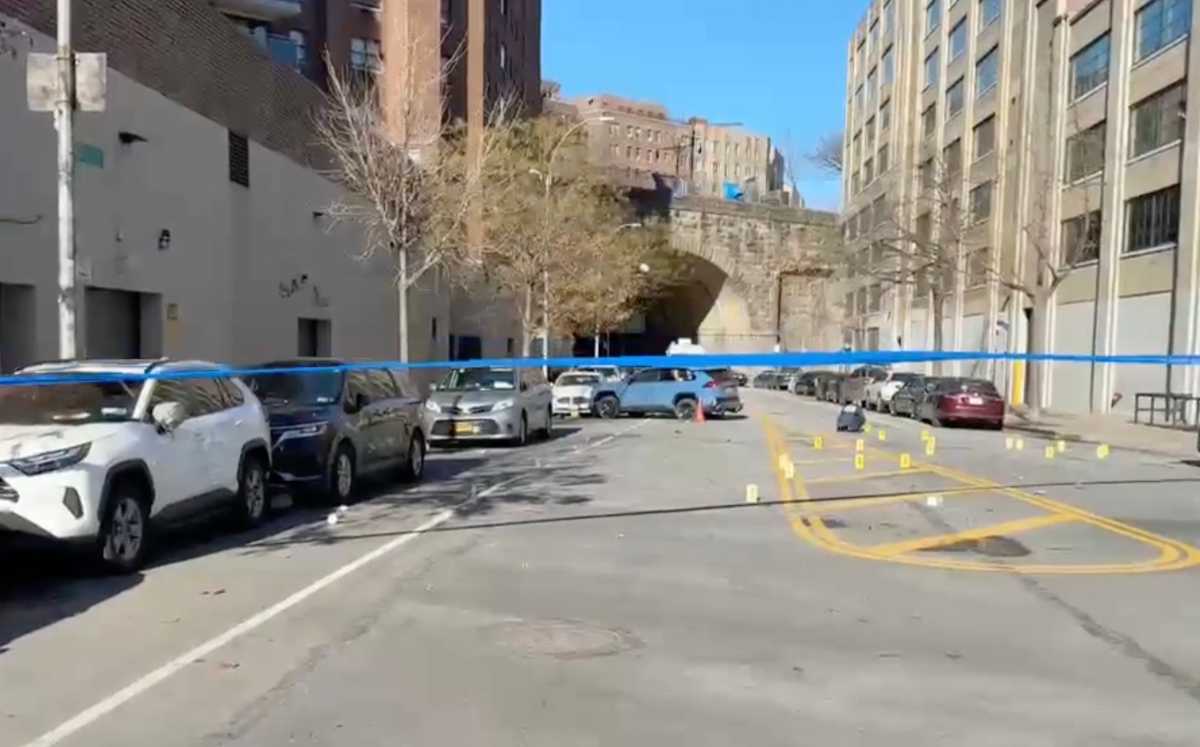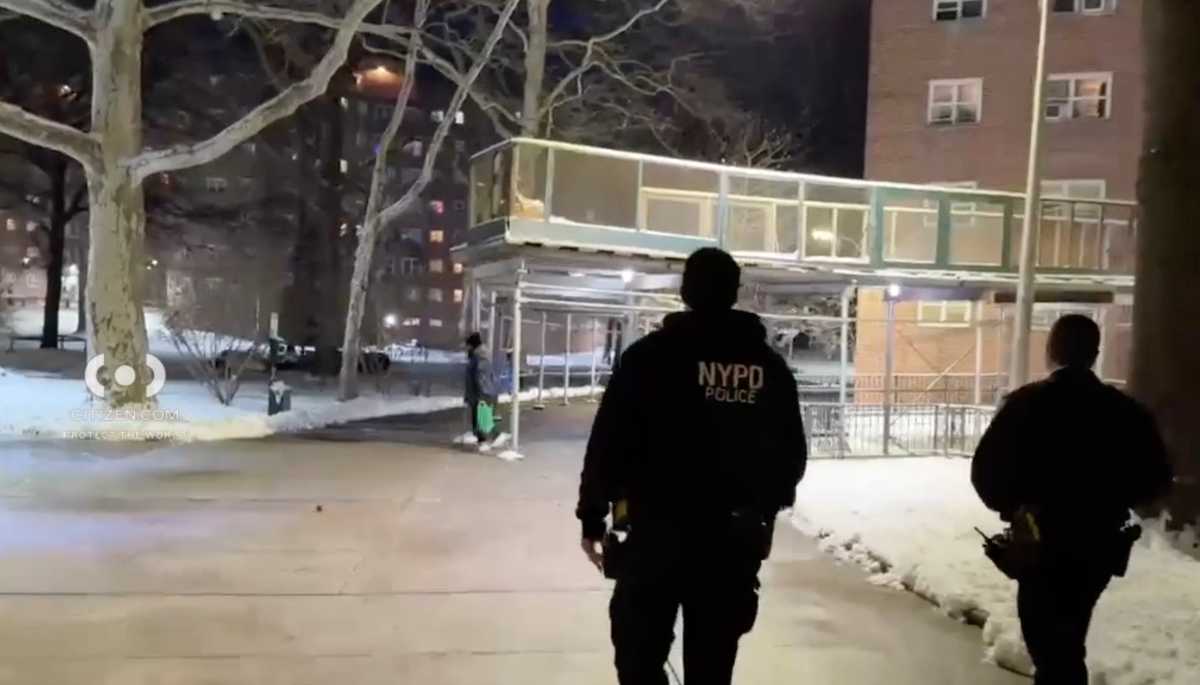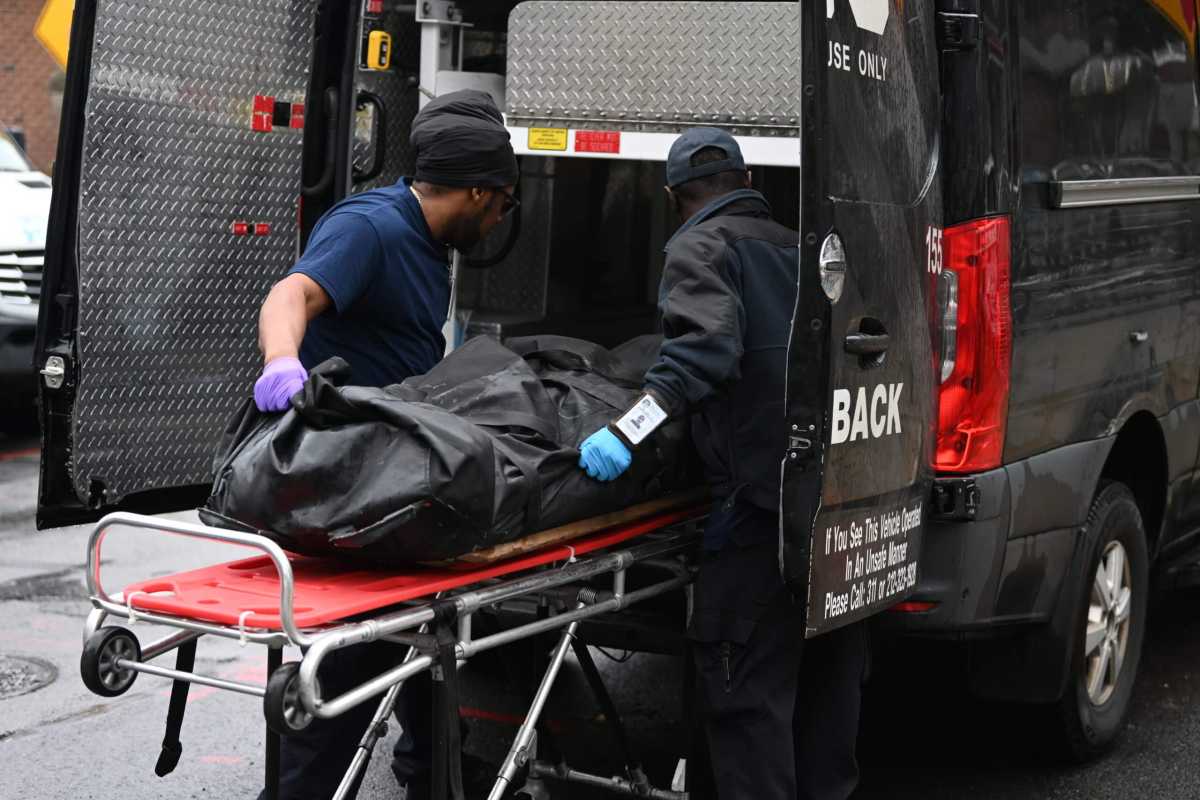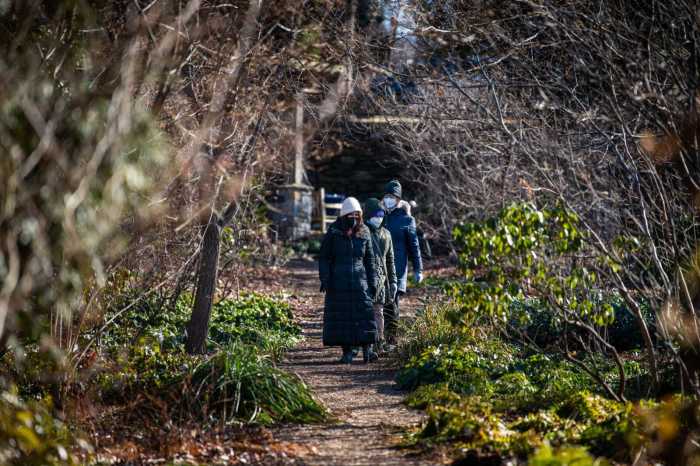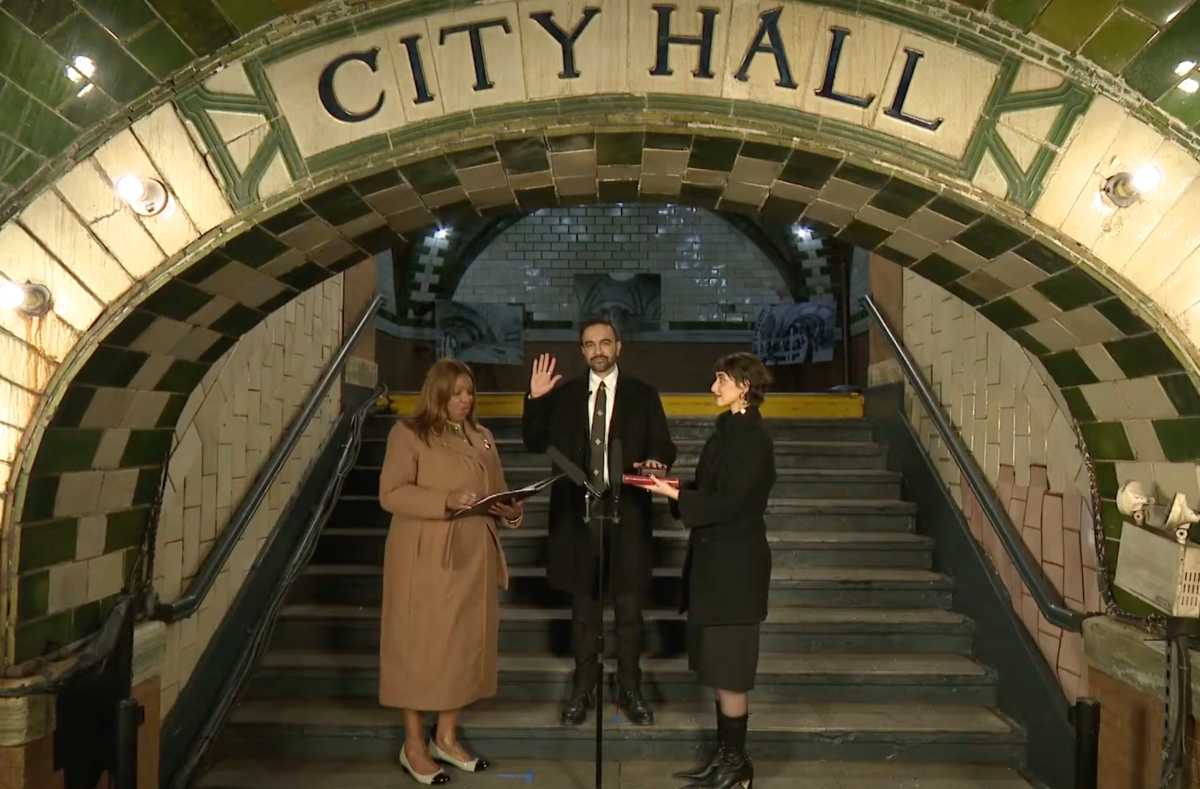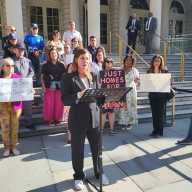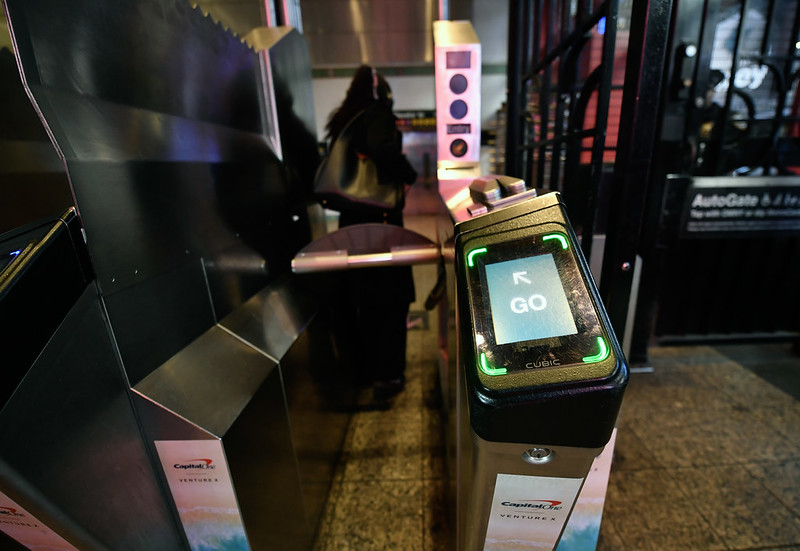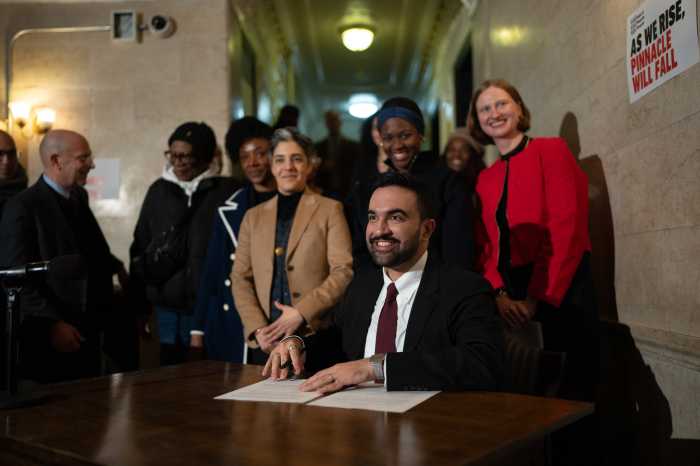Councilmember Althea Stevens along with a slew of nonprofits providing services for the city’s youth population are sounding the alarm on projected budget cuts to youth services, including beds for homeless and runaway youth.
Stevens, who chairs the City Council’s Committee on Youth Services, told the Bronx Times that projected budget cuts come at a time when local providers are competing with each other for resources as they face shortfalls in staffing and struggle to stay afloat because of late contracts with the city.
“One of the issues is a lot of our providers are often fighting or hoarding information because they see each other as competitors and we really need to really knock down those walls of folks being competitors and say ‘we’re in this together,'” said Stevens, the Concourse Village progressive who is hosting a press conference at City Hall Park to address the cuts on Wednesday. “But because of the funding structures and the funding model, it has instead set providers up to like kind of divide and conquer them.”

Last year, 2,392 young people were placed in a crisis services or transitional independent living support program, according to the city’s Department of Youth & Community Development (DYCD,) which funds Runaway and Homeless Youth Services, including residential programs for youth ages 16-24.
Mayor Eric Adams’ preliminary budget was proposed at $102.7 billion. The new fiscal year begins on July 1.
DYCD’s budget for health and welfare services is projected to decrease from $1.1 million to $943,0o0 by fiscal year 2024.
A DYCD spokersperson told the Times they don’t anticipate no service impacts on DYCD-funded programs despite the proposed cuts in the FY24 budget, and that a bed would be available to whoever needs one at the 229 DYCD-funded runaway and homeless youth beds in the Bronx.
In November, Adams announced a Program to Eliminate the Gap (PEG), to find discretionary cuts and savings worth 3% across most city agencies in the current fiscal year and 4.75% in the next three budget cycles.
Some of these programs and services that are on the chopping block, social workers and advocates say, are needed resources for the city’s queer and transgender youth, especially those forced out of their homes or who lost stable support systems upon coming out or transitioning.
Despite making up just under 10% of all youth in America, gay and transgender youth are experiencing homelessness and housing insecurity at rate around 28%, according to a 2022 Trevor Project report.
“New York City has always been a beacon of hope for queer and trans youth to seek safety, affirmation and opportunities. At a time when trans kids and youths rights are being violently attacked more than ever across the country, NYC must fund more opportunities for youth,” said Nadia Swanson, director of Technical Assistance and Advocacy at The Ali Forney Center.
Of the city’s 68,884 homeless people by the end of 2022, 21,805 were children in the city’s municipal shelter system, according to the Coalition For The Homeless, the nation’s oldest advocacy group addressing homelessness. Operators in the city say that diverting funding for services that provide shelter and bed space for the city’s homeless population is antithetical to Mayor Adams’ goal to rid homelessness in the city.
“If the Mayor wants to prevent youth from sleeping on the streets and help them exit homelessness as quickly as possible he much change policies that are causing harm,” said Jamie Powlovich, executive director of the Coalition for Homeless Youth. “Such as not allowing youth experiencing homelessness to rest safely in drop-in centers and forcing them to enter the adult shelter system before they can access rental assistance.”
According to Gothamist, 311 requests for homeless assistance and complaints about homeless encampments throughout NYC increased by 27% in 2022. This is despite the Adams administration conducting a slew of sweeps that removed homeless people from camps and tents around the city.
Stevens feels that without proper funding for youth services such as Beacon and Cornerstone centers that both act as a safety net and enrich young New Yorkers through job training and after school programs, issues such as youth unemployment will spike. There are 39 Community Centers located in the Bronx, of which 16 are school-based Beacon programs and 23 are community center-based Cornerstones.

